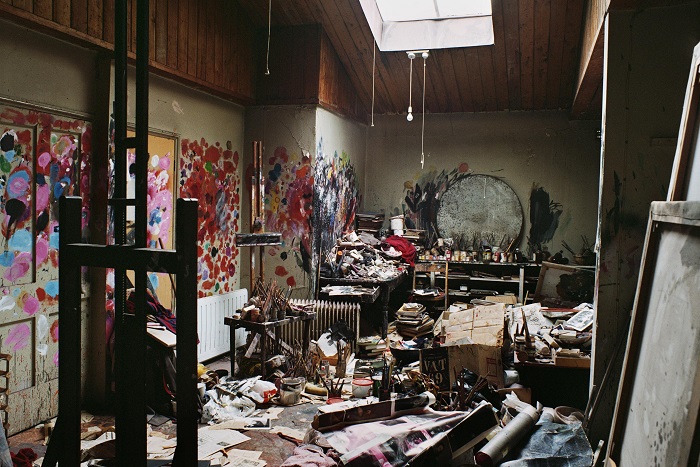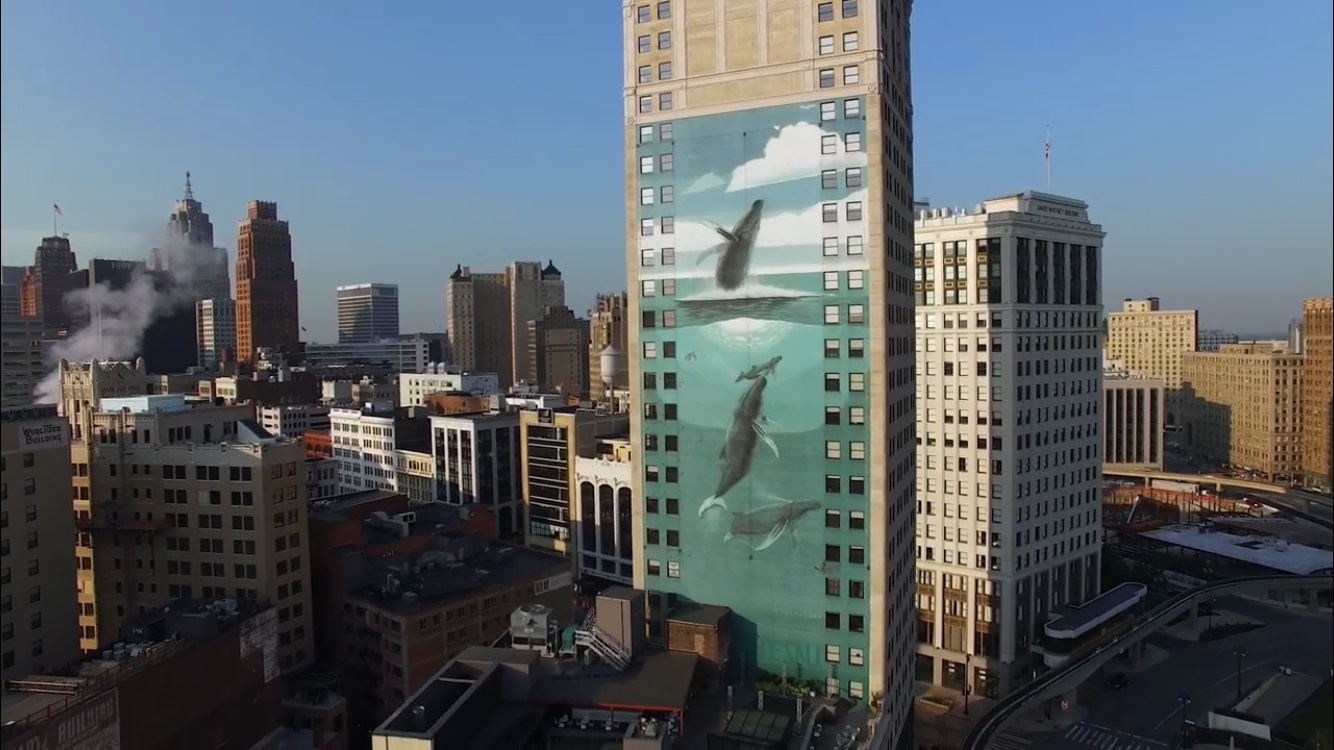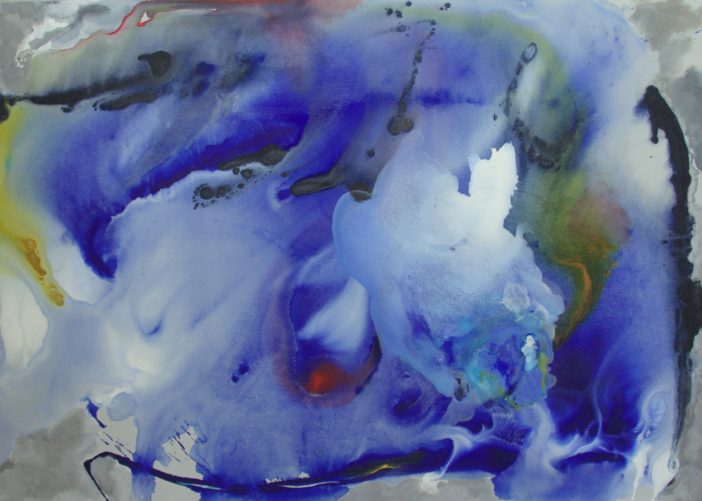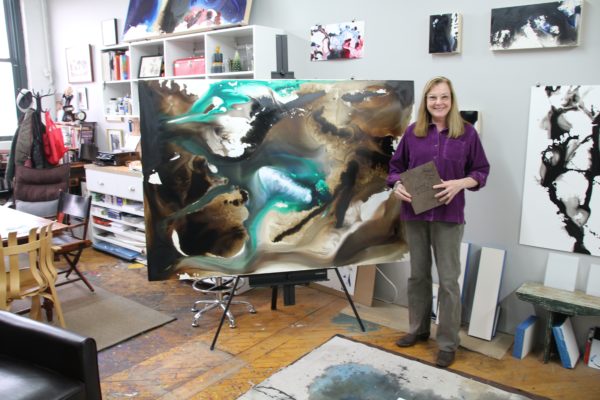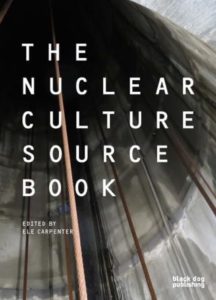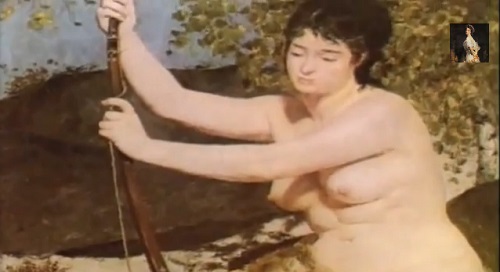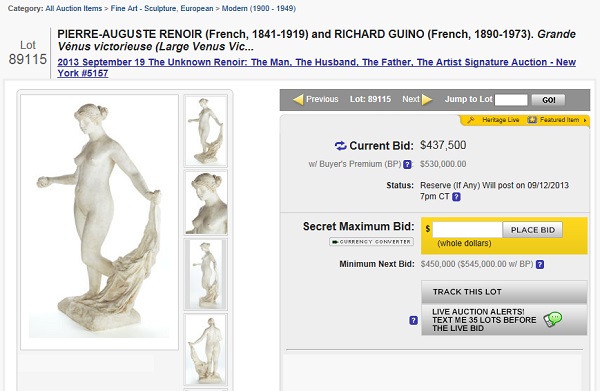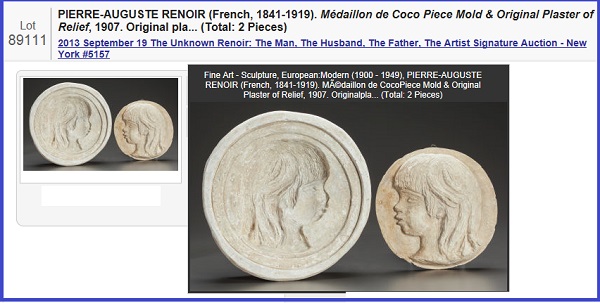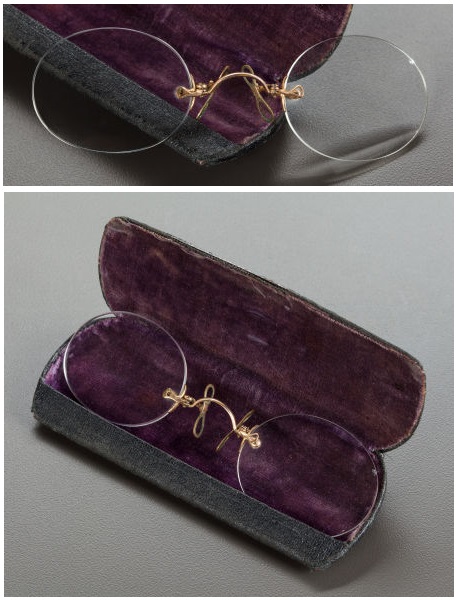President Biden awards National Medal of Arts to Alex Katz

Alex Katz has been awarded the 2023 National Medal of Arts. Katz received the award from President Joseph Biden in a private ceremony at the White House.
For a good Canadian analogy- The National Medal of Arts is to art what the President’s Trophy is to NHL hockey teams- it is the highest award given to artists and arts patrons by the American federal government. It is awarded by the President of the United States to individuals or groups who are deserving of special recognition by reason of their outstanding contributions to the excellence, growth, support, and availability of the arts in the United States.
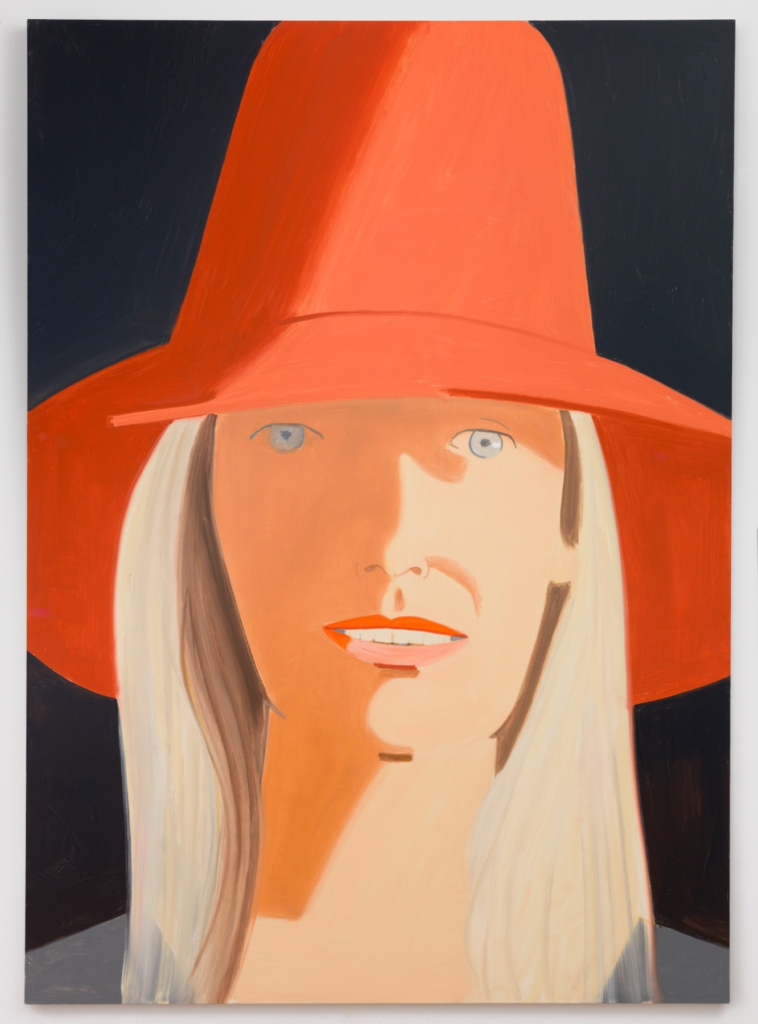
Red Hat (Renee), 2013
Oil on linen
84 x 60 inches
213.4 x 152.4 cm
Past recipients of the National Medal of Arts include Mark Bradford, Ken Burns, Spike Lee, Steven Spielberg, Carrie Mae Weems, and Ruth Asawa.

Alex Katz © 2011 Vivien Bittencourt
Alex Katz (American, b.1927) is one of the most recognized and widely-exhibited artists of his generation.

Coming of age between Abstract Expressionism and Pop Art, Katz began exhibiting his work in 1954, and since that time he has produced a celebrated body of work that includes paintings, drawings, sculpture, and prints. His earliest work took inspiration from various aspects of mid-century American culture and society, including television, film, and advertising, and over the past five and a half decades he has established himself as a preeminent painter of modern life, whose distinctive portraits and lyrical landscapes bear a flattened surface and consistent economy of line. Utilizing characteristically wide brushstrokes, large swathes of color, and refined compositions, Katz created what art historian Robert Storr called “a new and distinctive type of realism in American art which combines aspects of both abstraction and representation.”
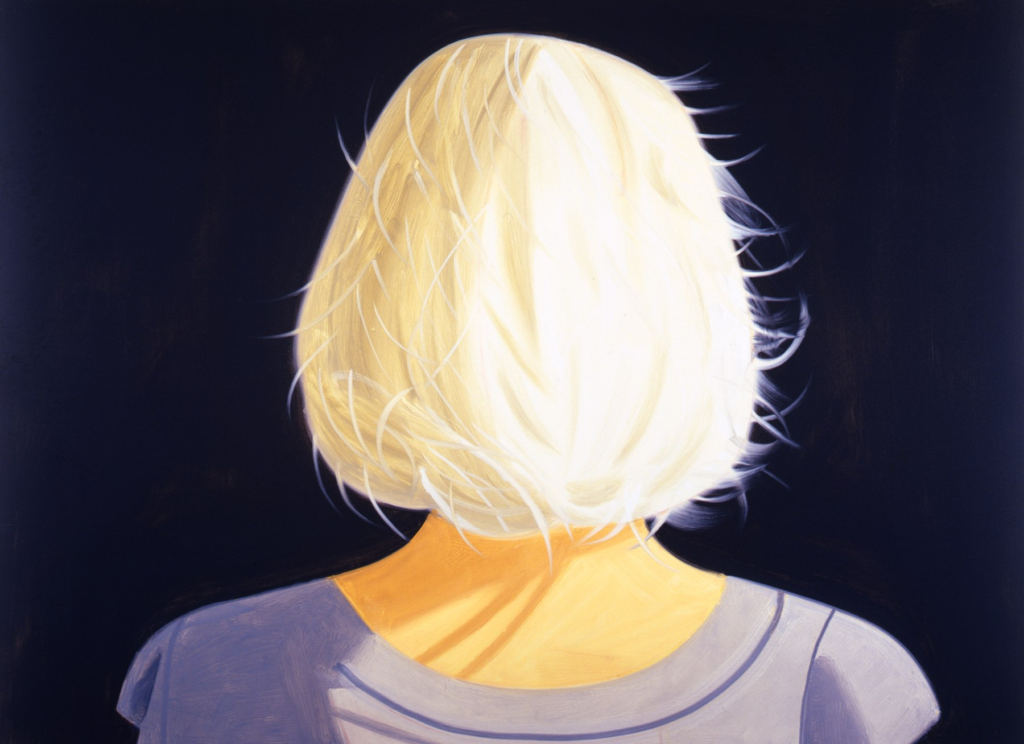
Tracy, 2008
Oil on linen
48 x 66 inches
121.92 x 167.6 cm
Since the 1950s, Alex Katz’s work has been the subject of more than 200 solo exhibitions and nearly 500 group exhibitions around the world.
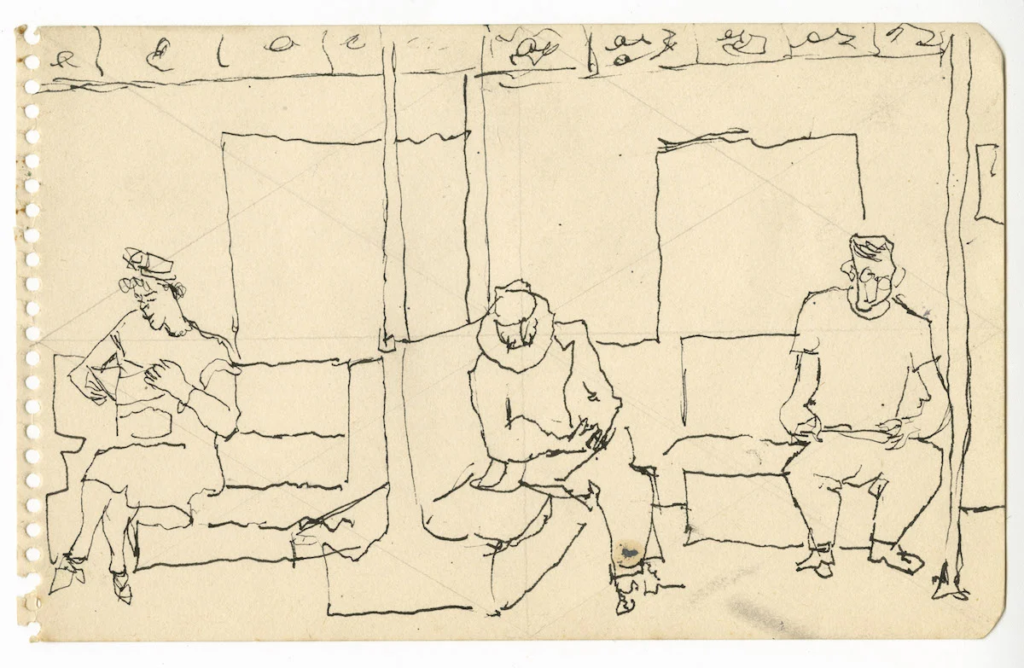
Katz early student work included a series of drawings made on his subway commute from Queen’s to his downtown art classes. These drawings were later painted and have been acclaimed as being proto proto pop art.

His work can be found in nearly 100 public collections worldwide, including the Art Institute of Chicago; the Hirshhorn Museum and Sculpture Garden at the Smithsonian Institution, Washington, DC; the Metropolitan Museum of Art, New York; Centre Georges Pompidou, Paris; Museo Nacional Centro de Arte Reina Sofía, Madrid; the Museum of Fine Arts, Boston; the Museum of Modern Art, New York; the National Gallery of Art, Washington, DC; the National Museum of American Art, Smithsonian Institute, Washington, DC; the Philadelphia Museum of Art; The Tate Gallery, London; and the Whitney Museum of American Art, New York, among many others. This story courtesy of friends at the Richard Gray Gallery.

Featured image- Thunderstruck Sunset 1 2007

